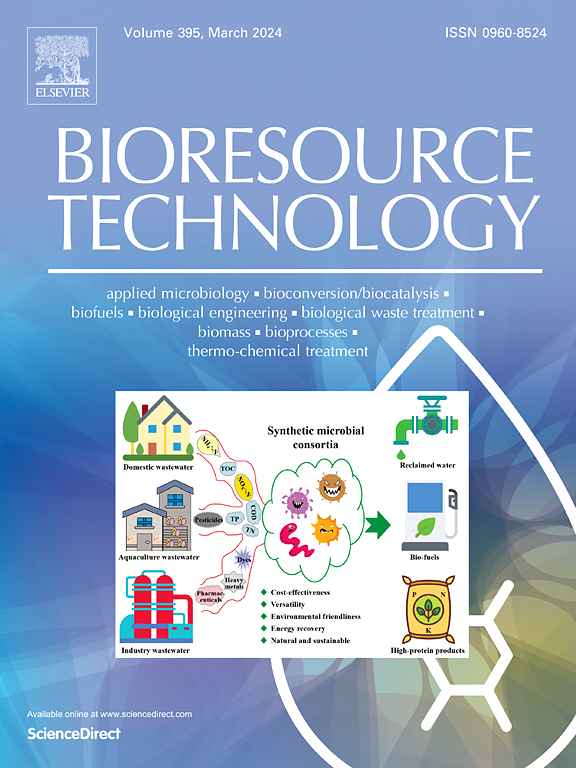偶氮染料脱色中的共底物:从传统厌氧系统到微生物燃料电池
IF 9.7
1区 环境科学与生态学
Q1 AGRICULTURAL ENGINEERING
引用次数: 0
摘要
共底物在厌氧偶氮染料处理中起着关键作用,包括传统的和新兴的微生物燃料电池(mfc)系统,但它们的机制作用经常被忽视。使这一问题复杂化的是,实际纺织废水中可生物降解的辅基质的持续短缺,强调需要进行战略评估和优化。这篇综述系统地分析了共底物类型和浓度如何影响这两种系统的脱色性能,基于广泛的先前研究。除了确定有效的共底物和最佳剂量范围外,本文还探讨了这些差异背后的生化和微生物机制。此外,本文还讨论了废物衍生的共底物作为提高处理效率和解决碳供体短缺的可持续战略的潜力。相反,它们是微生物协调、酶活性和电子流的中心调节器。认识到它们的多方面作用是优化未来治疗策略的关键。本文章由计算机程序翻译,如有差异,请以英文原文为准。
Cosubstrates in azo dye decolorization: From conventional anaerobic systems to microbial fuel cells
Cosubstrates play a pivotal role in anaerobic azo dye treatment, including both conventional and emerging microbial fuel cells (MFCs) systems, but their mechanistic roles are often overlooked. Compounding this issue is the persistent shortage of biodegradable cosubstrates in real textile wastewater, emphasizing the need for strategic evaluation and optimization. This review systematically analyzes how cosubstrate types and concentrations affect decolorization performance in both systems, based on a wide range of previous studies. Beyond identifying effective cosubstrates and optimal dosage ranges, this review explores the biochemical and microbiological mechanisms underlying these differences. Furthermore, the potential of waste-derived cosubstrates is discussed as a sustainable strategy to improve treatment efficiency and address the shortage of carbon donors Cosubstrates are more than just auxiliary carbon sources; rather, they serve as central regulators of microbial coordination, enzymatic activity, and electron flow. Recognizing their multifaceted roles is key to optimizing future treatment strategies.
求助全文
通过发布文献求助,成功后即可免费获取论文全文。
去求助
来源期刊

Bioresource Technology
工程技术-能源与燃料
CiteScore
20.80
自引率
19.30%
发文量
2013
审稿时长
12 days
期刊介绍:
Bioresource Technology publishes original articles, review articles, case studies, and short communications covering the fundamentals, applications, and management of bioresource technology. The journal seeks to advance and disseminate knowledge across various areas related to biomass, biological waste treatment, bioenergy, biotransformations, bioresource systems analysis, and associated conversion or production technologies.
Topics include:
• Biofuels: liquid and gaseous biofuels production, modeling and economics
• Bioprocesses and bioproducts: biocatalysis and fermentations
• Biomass and feedstocks utilization: bioconversion of agro-industrial residues
• Environmental protection: biological waste treatment
• Thermochemical conversion of biomass: combustion, pyrolysis, gasification, catalysis.
 求助内容:
求助内容: 应助结果提醒方式:
应助结果提醒方式:


